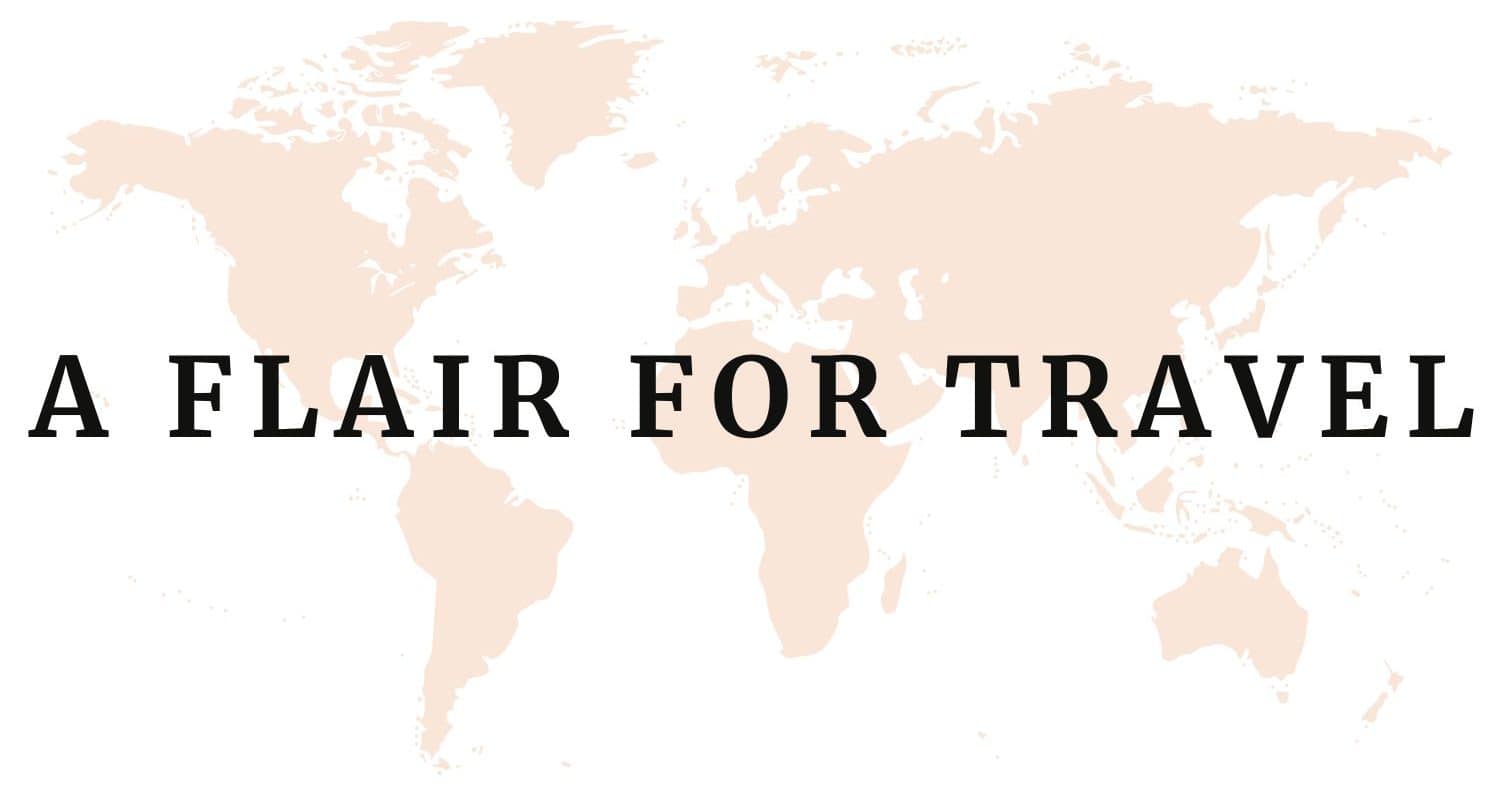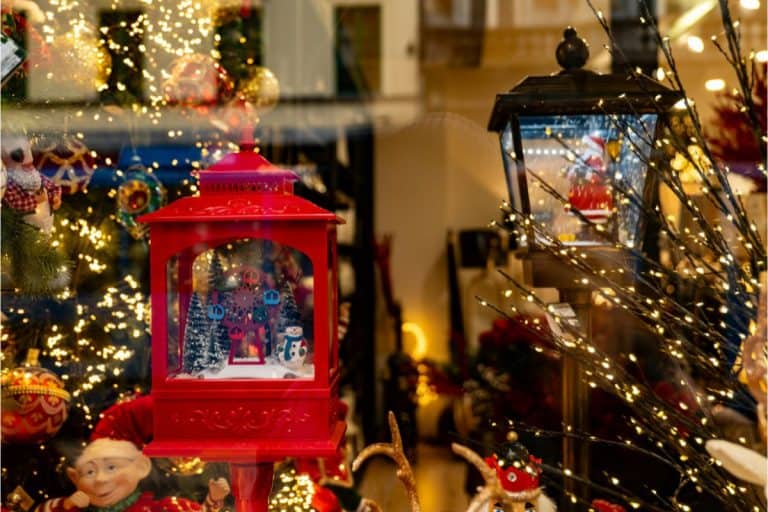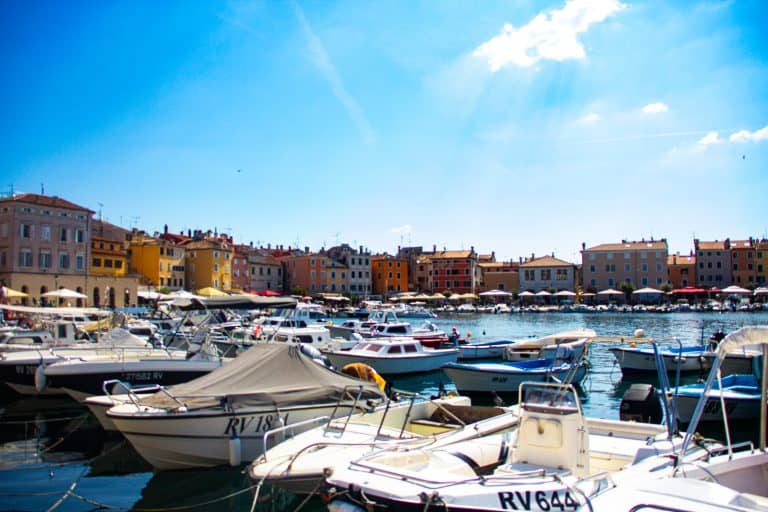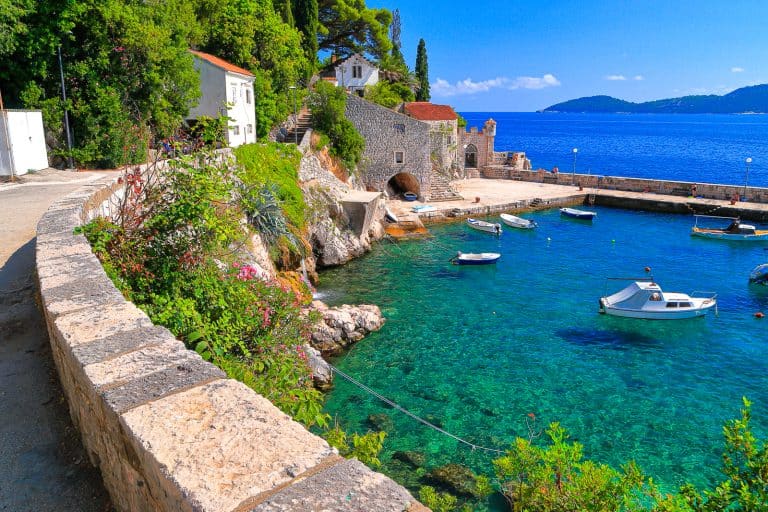Croatia in Fall: Complete Travel Guide for September to November

Discover why autumn is one of the best times to visit Croatia!
Croatia in the fall offers some of the year’s most rewarding travel experiences.
From September’s perfect shoulder season weather to November’s quiet cultural immersion, these transitional months combine stunning fall colors, harvest festivals, and authentic local experiences with fewer crowds and better prices.
Here’s your complete guide to visiting Croatia during the beautiful autumn season.
Plan Your Trip With Our Favorite Resources
– Best accommodation site: Booking.com
– Book day tours here: Viator.com
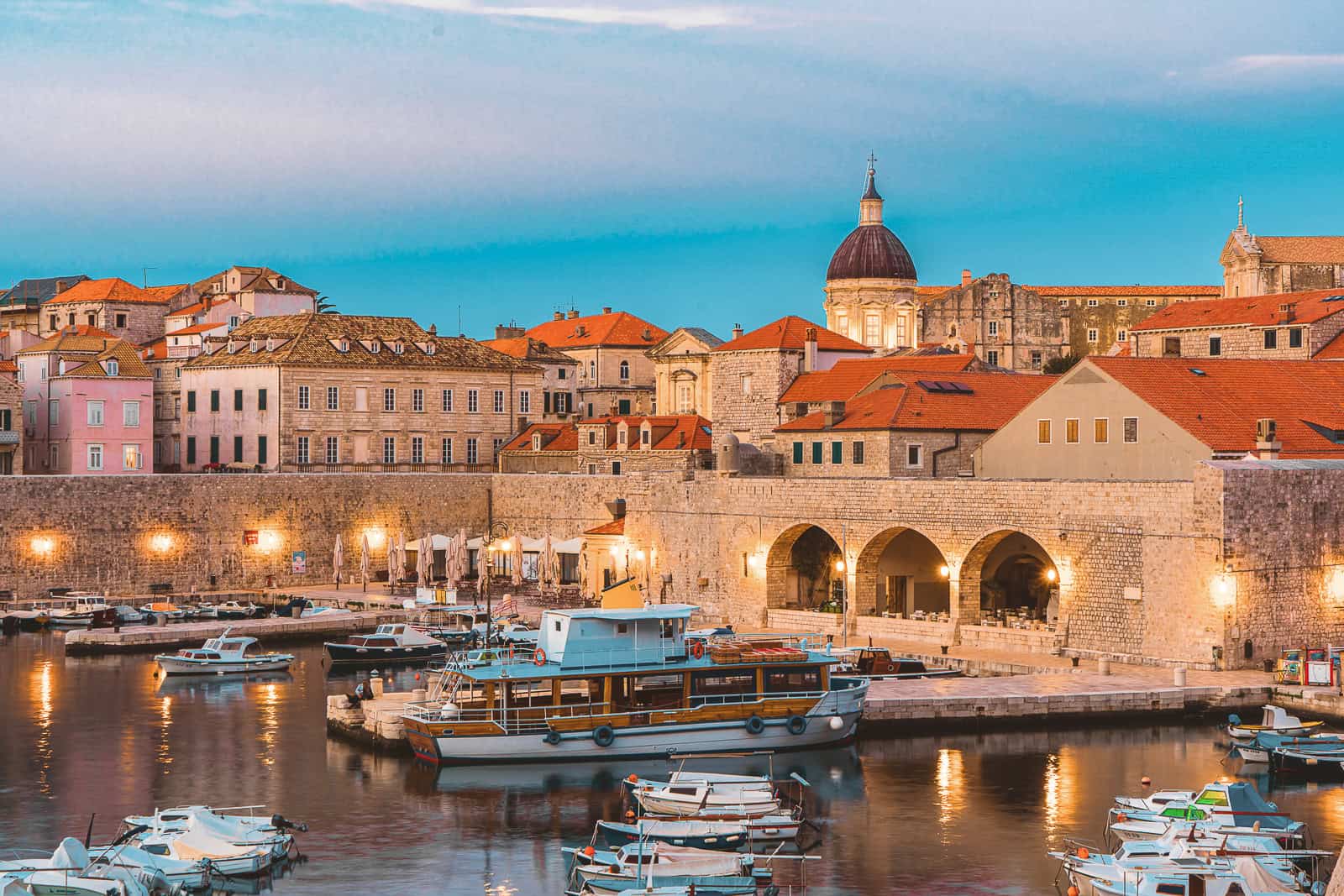
One Day in Dubrovnik: 5 Curated Itineraries for Every Travel Style
Dubrovnik is a must-visit city for anyone traveling to Croatia. If your time is limited and you’re wondering if you can see Dubrovnik in a day, the answer is yes! Check out our 5 custom itineraries!
READ MORE
Visiting Croatia in Autumn
Fall in Croatia is seriously underrated. The weather’s still nice, the sea’s surprisingly warm, and the fall colors make the landscapes even more stunning.
You can wander through quiet coastal towns, explore nature without the crowds, and enjoy local food and wine in a much more relaxed setting.
September: The Golden Month
September is one of the best times to visit Croatia. The beginning of the month can still be quite busy but later in the month, you’ll see fewer crowds, and a more relaxed atmosphere.
The heat of summer starts to dwindle, but the water remains warm and most tourist services like ferries and tours are still running. It’s a great time for food and wine lovers as festivals pop up around the country.
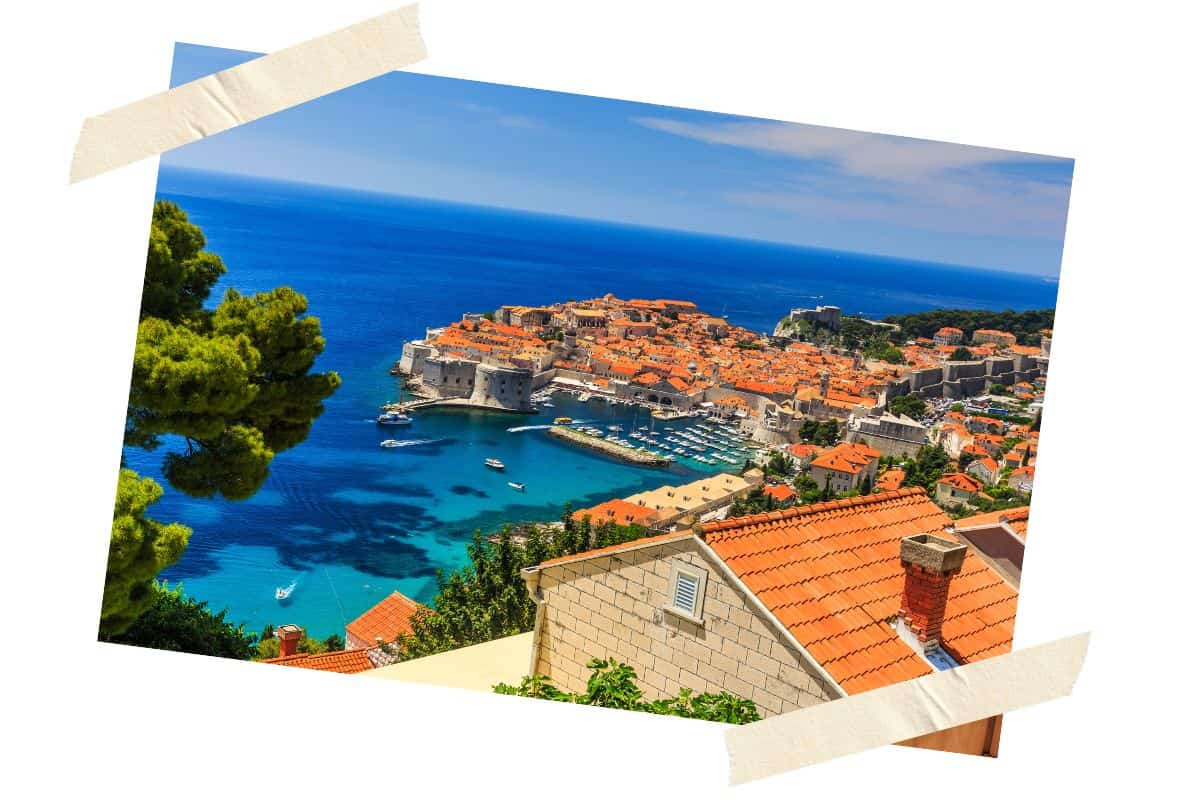
Weather
September has warm and mild weather in Croatia which is ideal for both sightseeing and outdoor activities. Evenings start to cool a bit especially toward the end of the month. Inland areas, like Zagreb and the mountains, also enjoy mild temperatures and less humidity than in peak summer.
- Temperatures – Daily temperatures average between 16°C (61°F) to 24°C (75°F) throughout the country but you’ll find the earlier part of the month to be much warmer.
- Rainfall – There still isn’t much rainfall in September, averaging only 70mm (2.76 inches) for the month.
- Sunshine Hours – September has around 8-10 sunshine hours per day.
- Daylight Hours – You’ll still benefit from long days in September with about 12 hours of daylight per day.
- Sea Temperature – Water temperatures remain warm in September at around 23-25°C (73-77°F).
Crowds
September sees a noticeable drop in tourists compared to the peak summer months, making it one of the most enjoyable times to explore Croatia.
While popular destinations like Dubrovnik are still busy, they’re far less congested than in July or August. Beaches have more space to relax, restaurants are easier to book, and major attractions like Plitvice Lakes or Diocletian’s Palace can be visited without long lines.
By mid to late September, the pace slows even more, offering a quieter, more relaxed atmosphere while much of the country still benefits from great weather and open services.
Events and Festivals
September is filled with cultural events, food festivals, and local celebrations that highlight the country’s traditions.
Along the coast, especially in Istria and Dalmatia, grape and olive harvest festivals begin, offering travelers the chance to taste local wines, fresh olive oil, and traditional cuisine.
The island of Krk and towns like Poreč and Ston host seafood and wine events, celebrating regional specialties like oysters and mussels.
- International Late Summer Music Festival – Dubrovnik plays host to the International Late Summer Music Festival which features various classical music concerts set against some of the city’s most famous historical landmarks as backdrops.
- Truffle Festival – The Truffle Festival technically starts in August but it goes through mid-September. Visitors can taste all kinds of truffle products as well as other local items such as honey, jam, wine and olive oil.
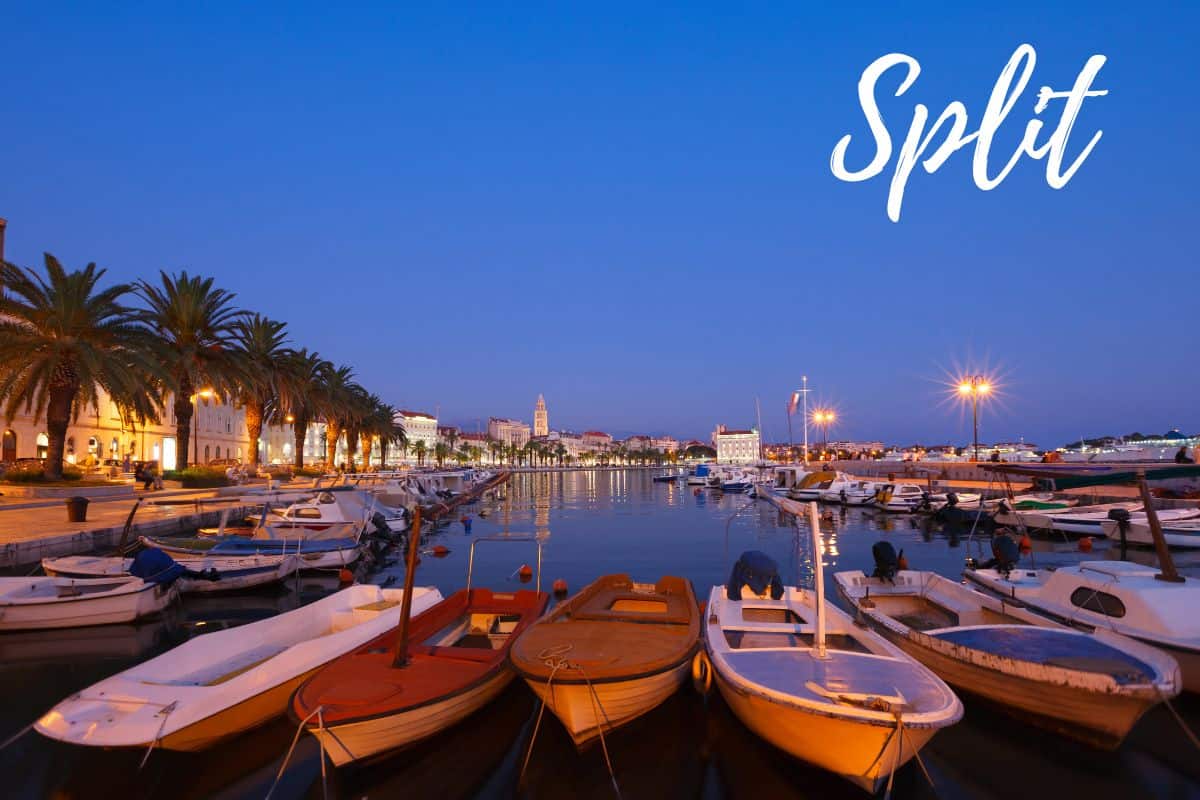
Top Tips For Visiting In September
September is one of the best times to visit Croatia especially if you want to experience everything Croatia has to offer.
Whether you’re exploring historic cities, relaxing on the coast, or venturing inland to discover small towns and national parks, this transitional month gives you the best of summer without the high-season stress.
What To Pack
- Pack For Changing Temperatures – September is a transitional season so you’ll want to pack layers for varying weather. Daytime temperatures are nice but you’ll want a jacket or sweater for early morning or evenings especially if you visit further inland or later in the month.
- Long Pants or Jeans – Pants are great for evenings or visiting inland especially later in the month.
- Swimwear – The water is still comfortable for swimming.
Where To Go
- Istria – September is truffle and wine season so we highly recommend a visit to the charming hilltop towns like Motovun and Grožnjan to sample local olive oil, and enjoy harvest festivals.
- Pelješac Peninsula – Known for its bold red wines and fresh oysters this beautiful area is worthy of a road trip.
- National Parks – Cooler weather and fewer tourists make September one of the best times to visit Croatia’s beautiful national parks like Plitvice Lakes and Krka.
- Hvar and other islands – With the ferries still operating and fewer tourists, it’s a perfect time to visit the many islands of Croatia. Enjoy beaches, vineyards and restaurants without the crowds.
Know Before You Go
- Take Advantage Of The Ferry Service – Ferries will still be operating in September so we highly recommend doing some island-hopping. The ferries are a relaxing way to experience the islands and coastal areas.
- Visit Later In The Month – The first part of September can still be quite busy. If you want a more relaxed vibe, consider visiting between mid to late September.
October: Autumn Colors & Harvest Season
Visiting Croatia in October offers a quieter, more relaxed experience with the added benefit of early autumn colors and cooler temperatures. While the summer crowds are mostly gone, many coastal towns and islands still have a bit of energy, especially in the first half of the month.
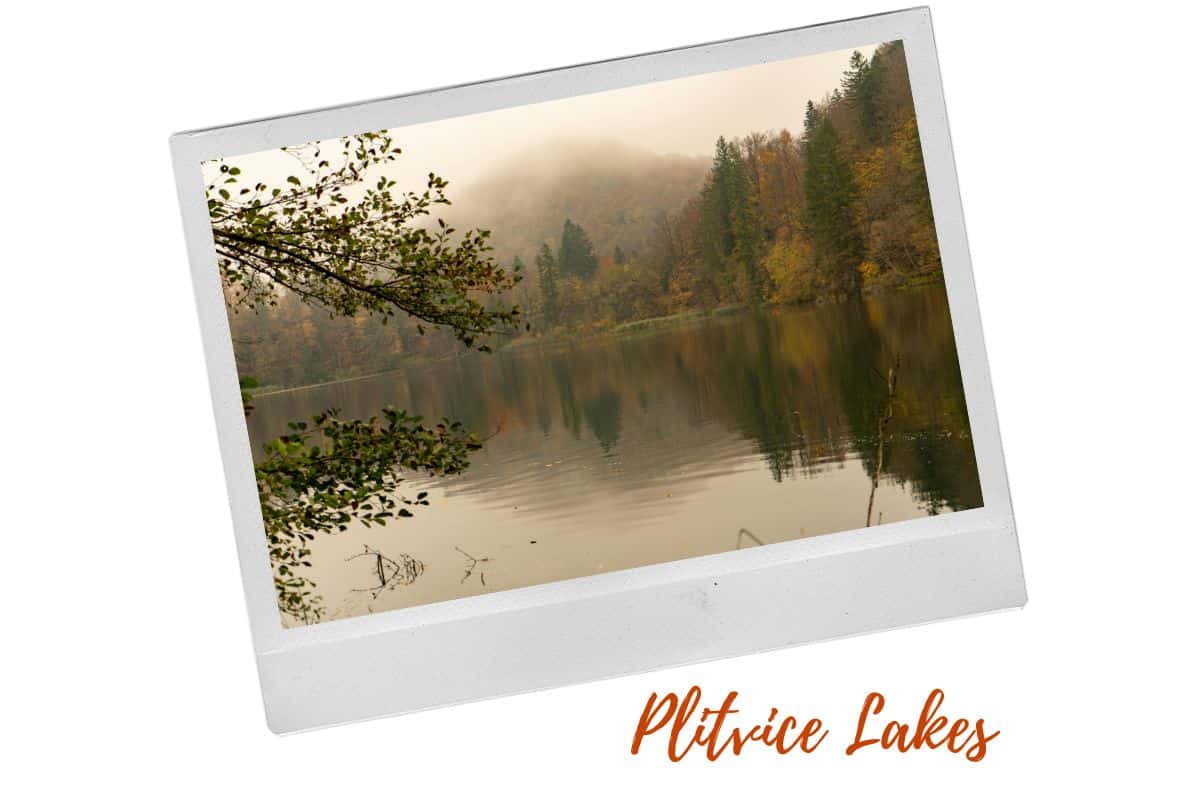
Weather
October has mild weather with a noticeable difference between the coast and inland areas. While the chance of rain increases as the month progresses, overall conditions remain pleasant and comfortable for sightseeing, hiking, and exploring.
- Temperatures – Daily temperatures average between 16°C (61°F) to 24°C (75°F) throughout the country but you’ll find the earlier part of the month to be much warmer.
- Rainfall – There still isn’t much rainfall in September, averaging only 70mm (2.76 inches) for the month.
- Sunshine Hours – September has around 8-10 sunshine hours per day.
- Daylight Hours – You’ll still benefit from long days in September with about 12 hours of daylight per day.
- Sea Temperature – Water temperatures remain warm in September at around 23-25°C (73-77°F).
Crowds
October is considered the start of the off-season in Croatia, meaning there will be less tourists compared to the summer months. Some beach resorts and tourist services start to scale back especially on the islands but many cultural sites, restaurants, and accommodations remain open.
Inland areas and national parks like Plitvice Lakes are also less crowded, making it a great time for hiking and photography.
Events and Festivals
October is a great time to experience events tied to food, wine, and local culture. In areas like Istria, October is the start of truffle season which is celebrated with festivals in towns such as Motovun and Buzet.
- Zigante Truffle Days – Zigante Truffle Days is a month-long festival. It showcases white truffles with culinary workshops and other events including truffle-hunting demonstrations.
- Teran and Truffle Festival – The Teran and Truffle Festival is held in Motovun each year and features Teran wine and truffle dishes.

Top Travel Tips For Visiting in October
Visiting Croatia in October is a quieter and more authentic travel experience and it combines the best of Croatia’s natural beauty and local traditions. Here are some helpful tips to help you enjoy your visit.
What To Pack
- Light Layers – You’ll want to pack layers including t-shirts, long-sleeve tops, and lightweight sweaters for changing temperatures.
- Warm Jacket or Fleece – You should pack some outerwear that’s a little warmer which will be especially useful for cooler evenings and inland areas.
- Jeans or Long Pants – Bring some long pants or jeans for cooler weather.
- Lightweight Rain Jacket – There’s a potential for some rain at this time of year so you’ll want to be prepared with a rain jacket.
- Umbrella – Sudden showers are common, especially later in the month.
- Comfortable Walking Shoes – Comfortable shoes are essential for exploring city streets or national parks.
- Waterproof Footwear or Sneakers – Waterproof shoes are a good idea in case of rain.
Where To Go
- Istria – This northern region is perfect in October beautiful fall colors in hilltop towns like Motovun. It’s also a great time to visit vineyards and olive oil farms.
- Pelješac Peninsula – Known for wine and seafood, October is harvest season here. You’ll find fewer crowds along the coastal villages and wineries.
- National Parks – With waterfalls surrounded by foliage, it’s a beautiful time to visit the national parks. It’s a perfect time of year for activities such as hiking and biking.
Know Before You Go
- Expect Fewer Crowds, But Also Reduced Services – One of the benefits of visiting in October is fewer crowds but the tradeoff is that some services are reduced. This means ferry routes may run less frequently so you’ll need to check schedules before hand.
- Plan For Shorter Days – Less daylight hours mean you may want to consider planning outdoor activities for earlier in the day. Reserve indoor attractions, like museums or wine tastings, for later in the afternoon.
- Pack For Variable Weather – October has mild but varying weather. Coastal areas remain relatively warm, especially early in the month, while inland regions and the evenings can get chilly. Pack layers, a light rain jacket, and comfortable shoes for walking or hiking.
November: Quiet Cultural Immersion
Croatia in November is a quiet experience ideal for travelers seeking fewer crowds and a deeper cultural experience.
The weather turns cool and often damp, especially along the coast, but it’s still mild compared to much of Europe. This is a great month to explore museums, cafés, and historical sites without the rush.

Weather
November is noticeably cooler and wetter weather. The sea is too cold for swimming, and strong coastal winds are not uncommon. While snowfall is rare in lower elevations this early, the mountains may begin to see a dusting.
- Temperatures – Temperatures will average between 10°C (50°F) to 17°C (63°F).
- Rainfall – November sees an increase in rain, averaging 80-150mm (3.15 to 5.9 inches) for the month.
- Sunshine Hours – November has about 5-7 sunshine hours per day.
- Daylight Hours – There are approximately 9-10 hours of daylight per day.
- Sea Temperature – Water temperatures have cooled to around 18°C (64°F) by November.
Crowds
November is one of the quietest months to visit Croatia, with very few tourists. Some seasonal businesses close for the winter, but the lack of foot traffic makes it easy to explore historic sites without the crowds.
National parks and natural attractions are also much less crowded though some park facilities may have limited hours or access due to weather.
Events and Festivals
While November is a quieter month in Croatia, it still offers a handful of cultural and seasonal events. Coastal towns are quieter so this is a great month to enjoy authentic local life.
- Zagreb Film Festival – The Zagreb Film Festival features films films from around the world.
- Feast of Saint Martin – The Feast of Saint Martin features wine tastings and street performances usually in northern Croatia.

Top Travel Tips For Visiting In November
November has a different travel experience from other times of the year. The cooler weather and minimal crowds make it a great time to discover Croatia’s inland cities to sample seasonal food and wine. Here are some helpful tips for navigating Croatia in November.
What To Pack
- Warm Layers – Long-sleeve shirts, sweaters, and thermal tops for layering are a good idea for the cooler weather.
- Insulated Jacket or Coat – It can get quite chilly, especially inland so be prepared with a warmer layer.
- Waterproof Jacket or Raincoat – November often brings rain, so a rain jacket is a must.
- Comfortable Pants or Jeans – Pants are ideal for city exploring or nature walks.
- Scarf, Gloves, and a Hat – These will be especially useful in the evenings or if you’re heading to inland regions.
- Comfortable Waterproof Shoes or Boots – These are ideal for walking on wet streets or muddy trails.
- Indoor/Outdoor Shoes – Consider bringing something cozy for indoors if you’re staying in rural accommodations or guesthouses.
Where To Go
- Zagreb – November is perfect for exploring museums, galleries, cafés, and early winter festivals.
- Zagorje & Međimurje – These northern regions are known for St. Martin’s Day celebrations on November 11th, when locals “baptize” new wine with food, music, and community festivals.
- Rijeka – This coastal city is active year-round and has a strong local feel, with indoor cultural attractions and a great base for visiting Opatija or nearby inland destinations.
Know Before You Go
- Pack Warm and Waterproof Layers – November can have cool, often rainy weather. Bring a warm coat, waterproof jacket, sturdy shoes, and layers for unpredictable temperatures. Evenings can be chilly, particularly in Zagreb and the mountains.
- Focus on Cities and Cultural Experiences -This is a great time to explore Zagreb, Osijek, Rijeka, and other inland cities. You’ll find indoor attractions, cozy cafés, and a more local feel. Use the quieter season to visit museums, art galleries, and historic sites without the rush.
- Don’t Count on the Coast for Summer Fun – While cities like Dubrovnik or Split are still worth visiting, beach activities are done for the year. Visit for the architecture and local life.
Why Autumn is Special in Croatia
Autumn offers unique advantages that make it one of the most rewarding times to visit.
September offers fewer crowds but fantastic weather. Visiting in October allows you to experience the beautiful colors of fall foliage and winter brings a festive atmosphere and markets around the holidays.
Here’s a quick overview of all the reasons you should consider visiting Croatia in the fall.

Authentic Cultural Experiences
- Interact with locals without tourist season barriers
- Experience traditional harvest festivals and celebrations
- Explore museums, galleries, and historic sites at your own pace
- Enjoy cozy cafés and restaurants with local atmosphere
Budget Benefits
- Significant savings on accommodations (30-50% off peak prices)
- Lower flight costs and car rental rates
- Restaurant prices return to local levels
- Better deals on tours and activities
Seasonal Specialties
- September: Still warm enough for swimming with fewer crowds
- October: Truffle season, wine harvests, olive oil tastings, stunning fall colors
- November: Quiet cultural experiences, wine “baptisms”, authentic local life
Weather Advantages
- Perfect hiking weather with autumn foliage in October
- Mild compared to northern Europe, ideal for city exploration
- Less humidity and more comfortable temperatures for sightseeing
Autumn in Croatia provides incredible value and unforgettable experiences.
Whether you’re seeking harvest festivals in September, truffle hunting in October, or authentic cultural immersion in November, these months offer Croatia’s most genuine and budget-friendly experiences.
Not Convinced Croatia in Fall is for You?
Croatia in the fall is one of the best times to visit. This is when we visited and it was absolutely perfect in every way.
However, there are so many reasons to visit during other seasons. Check out these posts!
FAQs
If you still have questions about visiting Croatia in the fall, here are some answers to more commonly asked questions.
Is October a good time to visit Croatia?
October is a fantastic time to visit Croatia. By this time, it’s past the peak tourist season but the weather is still pleasant making it ideal for sightseeing.
Where to go in Croatia in autumn?
Autumn is a great time to check out inland spots in Croatia like Plitvice National Park—perfect for hiking with all the fall colors. Istria’s also a fun place to visit this time of year, thanks to its food and wine festivals happening all season long.
Is Croatia swimmable in October?
The water in Croatia is still fairly warm early in October so it should still be comfortable enough for swimming. Later in the month, the temperatures will start to cool so it may not be ideal for swimming.
In a Nutshell: Croatia in Fall
Visiting Croatia in fall offers a wide array of amazing experiences no matter what your travel style or budget is.
For those looking for beach weather and island-hopping experiences, you can’t go wrong visiting in September. If you’re looking for a perfect time for outdoor activities such as hiking, nothing beats strolling through the national parks during peak foliage. Anyone interested in budget travel will like their options in November.
Whatever you’re looking for, you’re bound to find it when visiting in the fall!
